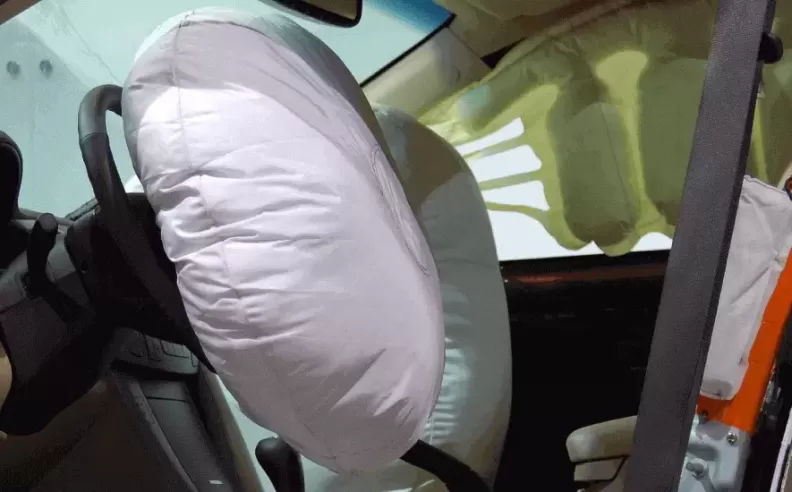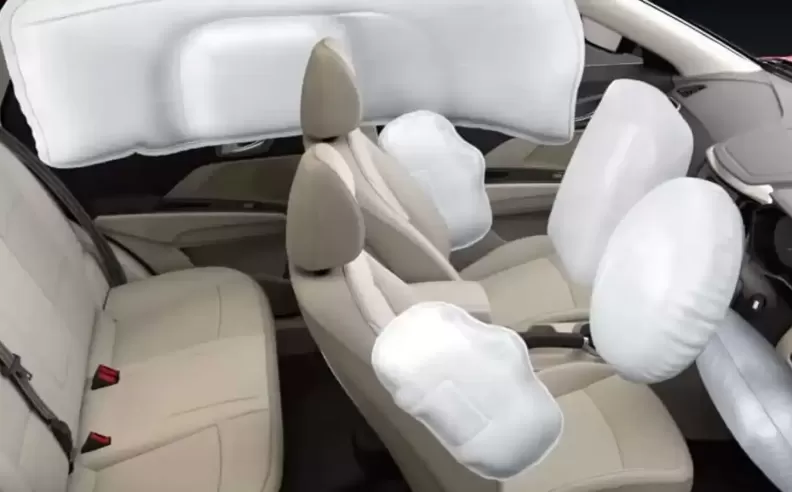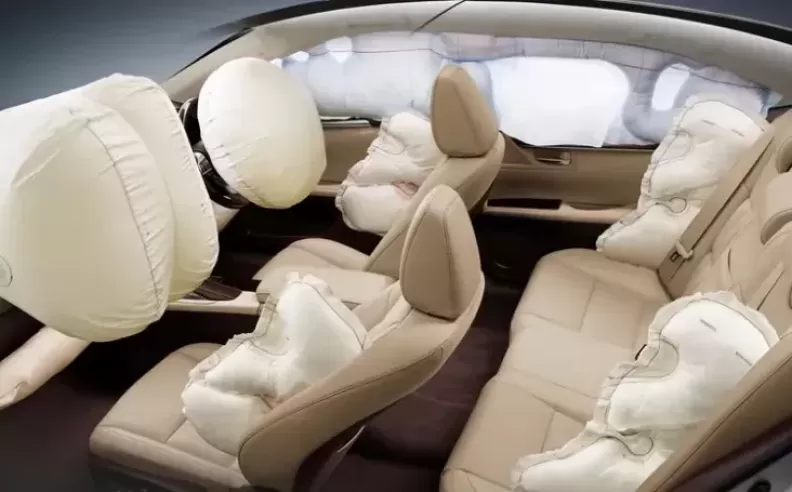
In the realm of automotive safety, the development and implementation of effective restraint systems have played a vital role in mitigating the severity of accidents. Among these systems, airbags have emerged as a crucial component, saving countless lives and reducing the risk of severe injuries. In this article, we delve into the significance of airbags, explore the different types available in modern vehicles, and highlight their impact on overall vehicle safety.
Airbags serve as supplementary protection to seat belts, working together to enhance occupant safety during collisions. These inflatable cushions are designed to rapidly deploy and provide a cushioning effect upon impact, thereby reducing the potential for severe injuries. By absorbing some of the energy generated during a crash, airbags help mitigate the force exerted on the occupants, particularly the head, chest, and torso regions.

The number of airbags incorporated into a vehicle has increased significantly over the years. Initially, cars featured only driver-side airbags, but as awareness of the importance of occupant protection grew, manufacturers began to introduce additional airbags. Today, it is common to find multiple airbags equipped in modern vehicles, with the most common being:
Frontal Airbags: These are the primary airbags found in all cars and are typically located in the steering wheel for the driver and in the dashboard area for the front passenger. Frontal airbags are designed to protect occupants from head-on collisions.
Side Airbags: Installed in the sides of seats or door panels, side airbags provide protection in the event of a side impact. They deploy to shield occupants from potential injuries to the chest, abdomen, and pelvis.
Curtain Airbags: Also known as roof-mounted airbags, these extend from the roof lining above the side windows and provide protection for the occupants' heads in a side-impact or rollover scenario. Curtain airbags create a protective barrier between the occupants and the window or other intrusions.
Knee Airbags: Positioned beneath the dashboard, knee airbags offer protection to the lower extremities and help prevent leg injuries during frontal collisions.
Rear Airbags: Some luxury vehicles are now equipped with rear-seat airbags, adding an extra layer of safety for passengers in the back. These airbags deploy from the rear seat structure to protect occupants in the event of a rear-end collision.

While the primary function of airbags remains consistent, advancements in technology have led to the development of various types of airbags designed to address specific safety concerns. Here are a few notable types:
Dual-Stage Airbags: These airbags incorporate sensors that detect the severity of the collision and adjust the force of deployment accordingly. By deploying with varying levels of force, dual-stage airbags can reduce the risk of airbag-related injuries in low-impact situations.
Seat-Mounted Airbags: Built into the side of the seat, these airbags offer increased protection for occupants, especially during side-impact collisions. They are designed to keep the occupant in the optimal position during an accident and minimize lateral movement.
Pedestrian Airbags: With the aim of protecting not only vehicle occupants but also vulnerable road users, such as pedestrians, some manufacturers have introduced exterior airbags. These airbags deploy from the hood or front bumper to cushion the impact and potentially reduce injuries in the event of a pedestrian collision.
The evolution of airbag technology has been instrumental in enhancing vehicle safety and reducing the severity of injuries resulting from road accidents. The implementation of multiple airbags and different types of airbags in modern cars has significantly improved occupant protection, ensuring a safer driving experience for all. As automotive manufacturers continue to prioritize safety, we can expect further advancements in airbag systems, reinforcing the commitment to preserving lives on the road.

Wael is an automotive content writer specializes in creating written content for Motor 283. Producing a wide range of content, including blog posts, articles, product descriptions, reviews, and technical guides related to cars, trucks, motorcycles, and other vehicles, with an unprecedented passion for cars, and motorcycles.
